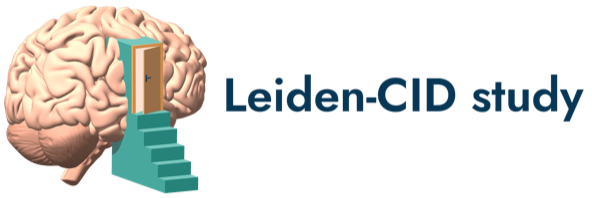-
measure Stop-Signal Task - Arrows
Study: L-CID Mode of collection: MeasurementsAndTests Behavioral/cognitive task Available measurements: Early Childhood Cohort ECC - T5 ECC - T6
Middle Childhood Cohort MCC - T1 MCC - T2 MCC - T3 MCC - T4 MCC - T5 MCC - T7The Stop-Signal Task - Arrows aims to measure behavioral inhibition by having the child inhibit their reaction in response to a quickly appearing signal. During the task, left- and right-pointing arrows appear on the screen. When the arrow points left, the child has to press the left button, and when the arrow points right, the child has to press the...Created October 17, 2024 • Updated October 20, 2024 -
measure Stop-signal anticipation task - functional MRI
Study: YOUth Mode of collection: MeasurementsAndTests MRI Available measurements: Child and Adolescent 9 years 12 yearsStop-signal anticipation task - functional MRI consists of a functional Magnetic Resonance Imaging (fMRI) scan that was acquired while subjects performed the Stop-signal anticipation (inhibition) experiment. The task aims to measure performance and brain activity during actual stopping as well as during the anticipation of stopping. Trials begin with the...Created October 17, 2024 • Updated October 20, 2024 -
measure Balloon Analogue Risk Task (BART) - Virtual Reality
Study: YOUth Mode of collection: MeasurementsAndTests Behavioral/cognitive task Available measurements: Child and Adolescent 12 yearsThe Balloon Analogue Risk Task (BART) is a computerized measure of risk-taking behavior. The BART models real-world risk behavior through the concept balancing the potential for reward versus loss. In the task, the participant is presented with a balloon and offered the chance to earn money by pumping the balloon. Each click causes the balloon to...Created October 17, 2024 • Updated October 20, 2024 -
measure Child Gap Overlap Task - Antisaccade
Study: YOUth Mode of collection: MeasurementsAndTests Eyetracking Available measurements: Baby and Child 6 years
Child and Adolescent 9 years 12 yearsThe Gap-overlap task is a gaze contingent paradigm that measures visual attention shifting between a central and a peripheral stimulus. This is thought to be a key process underlying behavioral control. The Gap-overlap task contains three conditions; i) Gap, in which the central stimulus disappears 200ms before the appearance of the peripheral target; ii)...Created October 17, 2024 • Updated October 20, 2024 -
measure Child Gap Overlap Task - Prosaccade
Study: YOUth Mode of collection: MeasurementsAndTests Eyetracking Available measurements: Baby and Child 6 years
Child and Adolescent 9 years 12 yearsThe Gap-overlap task is a gaze contingent paradigm that measures visual attention shifting between a central and a peripheral stimulus. This is thought to be a key process underlying behavioral control. The Gap-overlap task contains three conditions; i) Gap, in which the central stimulus disappears 200ms before the appearance of the peripheral target; ii)...Created October 17, 2024 • Updated October 20, 2024 -
measure Delay Discounting - hypothetical
Study: YOUth Mode of collection: MeasurementsAndTests Behavioral/cognitive task Available measurements: Child and Adolescent 9 years 12 yearsThe Delay Discounting task is the most widely used paradigm to measure the capacity to wait for a hypothetical monetary reward in children between 8-18 years old. A child is given a series of option between a variable immediate monetary reward and 10 Euros after a certain delay. The delay of the 10 Euro reward varies between 2, 30, 180, or 365 days. Each...Created October 17, 2024 • Updated October 20, 2024 -
measure Stop-signal anticipation task
Study: YOUth Mode of collection: MeasurementsAndTests Behavioral/cognitive task Available measurements: Child and Adolescent 9 years 12 yearsThe Stop-signal anticipation task aims to measure performance during actual stopping as well as during the anticipation of stopping. Trials begin with the presentation of a cue (0, * or **), representing the stop-signal probability (0, 22 and 33% respectively). Permanently visible are three horizontal white lines, and the goal is to stop a rising bar as...Created October 17, 2024 • Updated October 20, 2024


